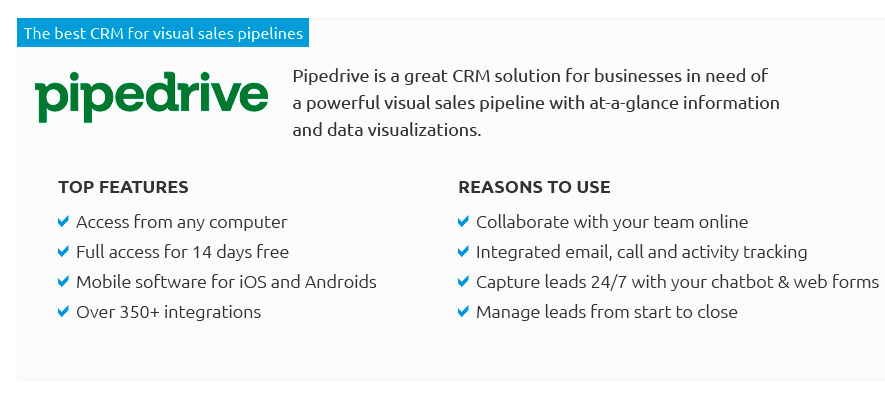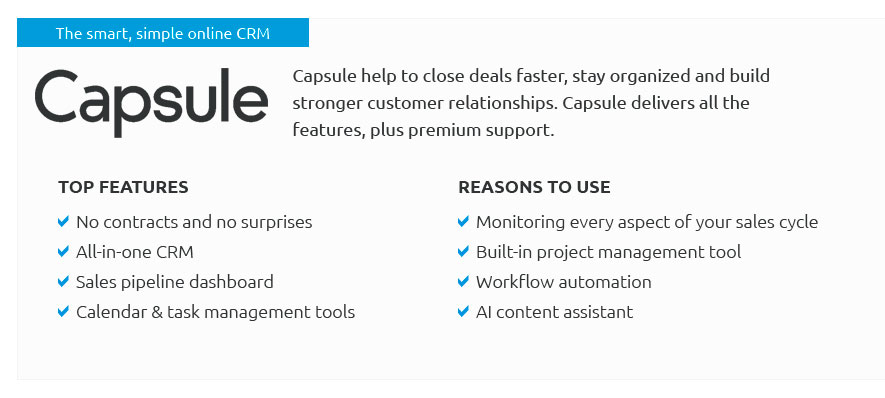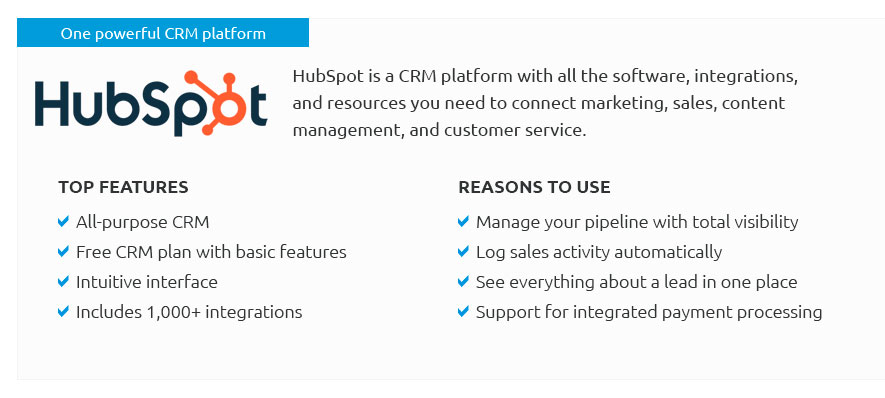 |
 |
 |
 |
 |
|
 |
|
 |
|
 |
|
 |
|
 |
|
 |
 |
Understanding Category Management Tools: An In-Depth ExplorationCategory management tools have become an indispensable asset in the modern business landscape, especially for retail and supply chain professionals who aim to optimize their inventory, streamline operations, and enhance customer satisfaction. These tools, often equipped with advanced analytics and data visualization capabilities, provide businesses with the insights needed to make informed decisions. But what exactly makes these tools so vital? Let's delve into some frequently asked questions to unravel the intricacies of category management tools. What are Category Management Tools? At their core, category management tools are software solutions designed to help businesses manage product categories effectively. By analyzing sales data, consumer behavior, and market trends, these tools enable companies to organize products into categories that maximize profitability and efficiency. The ultimate goal is to align the product assortment with customer needs while optimizing the supply chain. How Do These Tools Benefit Businesses? The benefits of implementing category management tools are manifold. Firstly, they facilitate better decision-making by providing detailed insights into sales patterns and consumer preferences. This data-driven approach allows businesses to tailor their inventory and marketing strategies to meet customer demand more effectively. Secondly, these tools enhance collaboration between retailers and suppliers, ensuring that product assortments are aligned with consumer expectations. Moreover, by optimizing product categories, businesses can improve inventory turnover rates, reduce excess stock, and ultimately increase profitability. What Features Should Businesses Look for in These Tools? When selecting a category management tool, businesses should consider several key features. Data Analytics and Reporting capabilities are crucial, as they provide the foundation for informed decision-making. Tools with robust analytics can offer insights into sales trends, customer behavior, and market conditions. User-Friendliness is another important aspect; a tool with an intuitive interface will be easier for teams to adopt and utilize effectively. Additionally, Integration Capabilities with existing systems like ERP and CRM platforms can enhance the functionality of the category management tool, providing a seamless flow of information across the organization. Are There Any Challenges Associated with Implementing These Tools? While the advantages are clear, businesses may face challenges when implementing category management tools. One common hurdle is the initial cost of deployment and integration, which can be significant, particularly for small to medium-sized enterprises. Additionally, there is often a learning curve associated with these tools, as employees may need training to use them effectively. It's also crucial to ensure data accuracy, as the insights provided by the tools are only as reliable as the data they analyze. Despite these challenges, the long-term benefits often outweigh the initial difficulties. What is the Future of Category Management Tools? As technology continues to evolve, category management tools are expected to become even more sophisticated. With advancements in artificial intelligence and machine learning, these tools will likely offer even deeper insights and predictive analytics capabilities. This evolution will enable businesses to anticipate market changes and consumer demands with greater accuracy, thus staying ahead of the competition. Furthermore, as e-commerce continues to grow, the integration of category management tools with digital platforms will become increasingly important, allowing businesses to optimize their online and offline strategies seamlessly. In conclusion, category management tools are a vital component of modern business strategy. By leveraging data and analytics, they empower companies to make strategic decisions that enhance operational efficiency and boost profitability. While challenges exist, the potential for improved customer satisfaction and increased sales makes these tools a wise investment for businesses looking to thrive in a competitive market. As technology advances, the capabilities of these tools will only continue to expand, offering exciting possibilities for the future of category management.
https://www.surefront.com/blog/what-is-category-management
Table of Contents ... Category management gathers similar products into a single category to address business initiatives for that particular ... https://www.sap.com/products/spend-management/category-management-software.html
Category management is essential to meeting spend management goals and key organizational objectives. By automating and streamlining insight-driven category ... https://www.gartner.com/reviews/market/category-management-solutions
Product Listings ; Cirtuo - By Cirtuo. 4.4 ; SAP Ariba Category Management - By SAP. 4.3 ; GEP SMART - By GEP. 3.9 ; Beroe - By Beroe. 3.6 ; JAGGAER ONE - By JAGGAER.
|